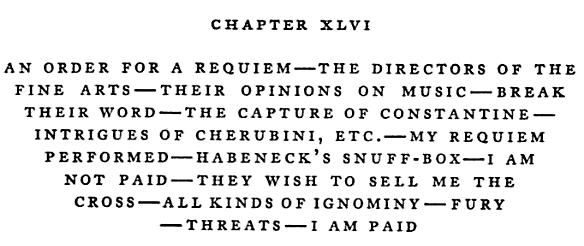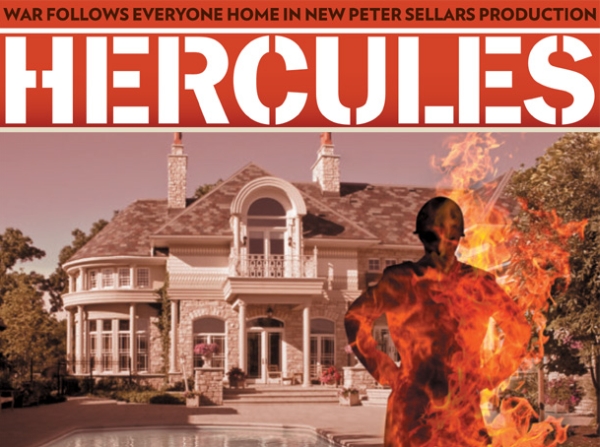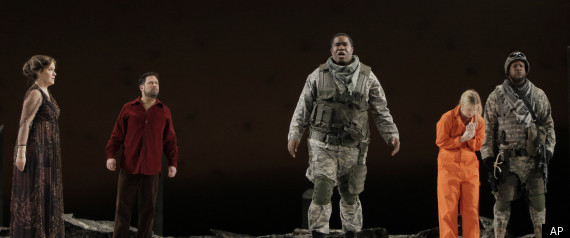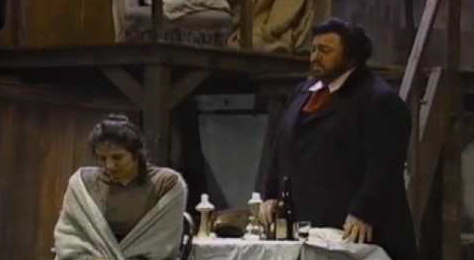Since the trumpet is the major feature of this week’s concert, which features the brilliant playing of CSO principal trumpeter Christopher Martin, I thought we might take a further look at the history of the instrument and why there are so very few trumpet concertos in the repertoire.
Ancient Trumpets
Trumpet were in use at least 3,500 years ago, and from there earliest days, they had a regal association. How do we know? Well, two of the earliest trumpets that we have come from the tomb of King Tut. They were played on a special broadcast by the BBC in the 1930’s:
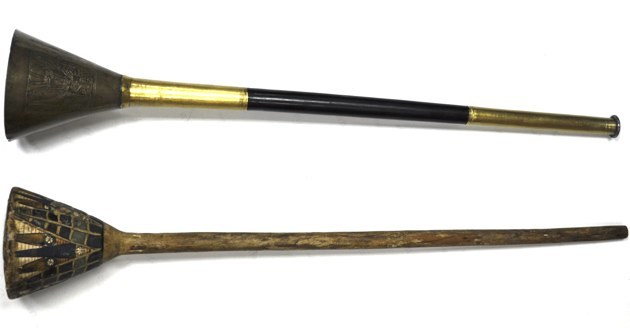
Notice that each of those trumpets sounds about three or four notes. This is an inherent physical property of the trumpet – and of any vibrating body, really – that without recourse to keys or valves, it is limited to the notes of the harmonic series. So for an awfully long time, trumpets – even of the European variety – were limited to sounding about five notes with any consistency. Hence the very familiar sound of the trumpet fanfare.
Clarino Playing
Around the time of Bach, however, some very diligent players developed a technique known as “clarino” playing. This takes advantage of the fact that the higher up you play on the trumpet, the more notes become available. The ascent in pitch is a perilous one though: the higher the note, the easier it is to crack, slip, or outright miss. The practice of clarino playing lasted from perhaps the High Renaissance to the High Baroque, and it is a fortuitous fact of history that it coincided with the lifespan of one Johann Sebastian Bach.
Because of this, we are left with such gems as the second Brandenburg Concerto (check out the third movement which starts at about 3:40):
Nota bene, the group playing above is called the Freiberger Barockorchester, a so-called “period instrument” ensemble. However, there’s a dead give-away that the trumpeter here is playing on a modern recreation of a trumpet from Bach’s time rather than an original instrument. Do you notice little holes that the trumpeter covers with his fingers while he plays? Those little finger holes are a modern improvement that allow the trumpeter to play the high notes more in tune, and they are not an original feature of the trumpets of Bach’s time.
Now, make no mistake – the bearded gentleman above is a complete virtuoso, and he is in fact using the very same clarino technique that was used by the players of Bach’s time. This little enhancement simply makes the notes sound more mellifluous to the ears of the Auto-Tune Generation.
[Full disclosure: There is significant debate about just what sort of instrument Bach composed this part for. Some people think it was a written for a more horn like instrument. Toscanini, for some reason, had it played on a piccolo clarinet.]
The Keyed Trumpet
The first step towards the modern valve trumpet was an endeavor called the “keyed trumpet”, invented by (or perhaps, for) the great Anton Weidinger, trumpeter of the court orchestra of Esterházy family, who also happened to employ one Franz Joseph Haydn. So it’s no surprise that Haydn himself wrote the first major piece for this new instrument, his Trumpet Concerto in E-flat Major. Incidentally, this is also the first major concertate piece for the trumpet that is still played today (excepting Bach’s second Brandenburg Concerto).
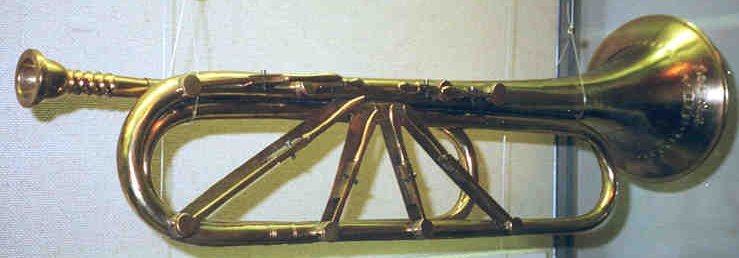
[Like all esoteric brass instruments, the keyed trumpet has a major following in Britain. This web site is sort of amazing – whoever wrote the text of the front page did everything in his or her power to make you follow the link to the rest of the site.]
The keyed trumpet never gained traction, despite the concertos written for Weidinger by Haydn and his successor at the Esterházy court, Johann Nepomuk Hummel. The instrument was said to have sounded like a “demented oboe”. The English trumpeter Crispian Steele-Perkins, one of the few contemporary champions of the instrument, does at least as well as that in his recording of the Haydn Concerto:
The Cornet
The modern trumpet is really an amalgamation of the old trumpet and the piston cornet. The cornet is a slightly obsolete instrument now – most listeners can not distinguish its sound from that of the modern trumpet. Earlier in the past century though, before trumpets were regularly made with valves, the cornet was a highly prized virtuoso instrument. Hence the dazzling solo that Igor Stravinsky wrote for it in his 1911 ballet Petrushka:
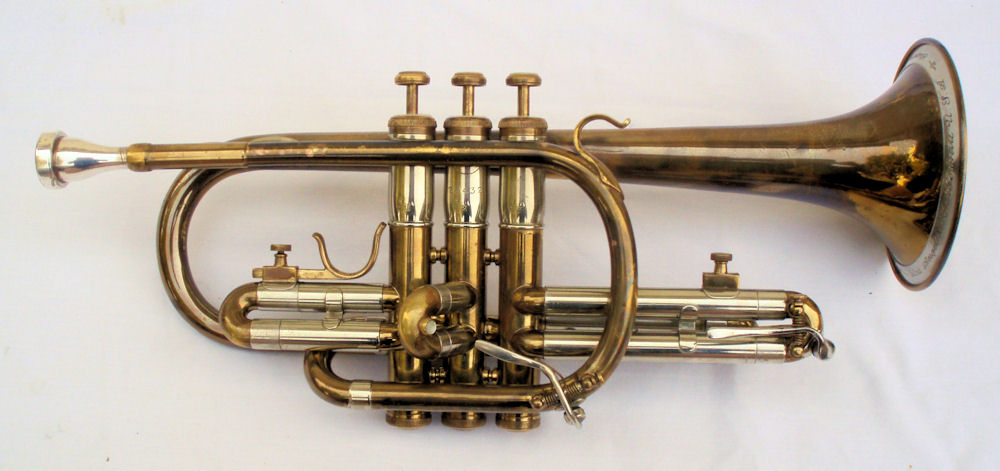
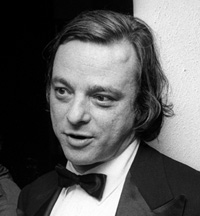
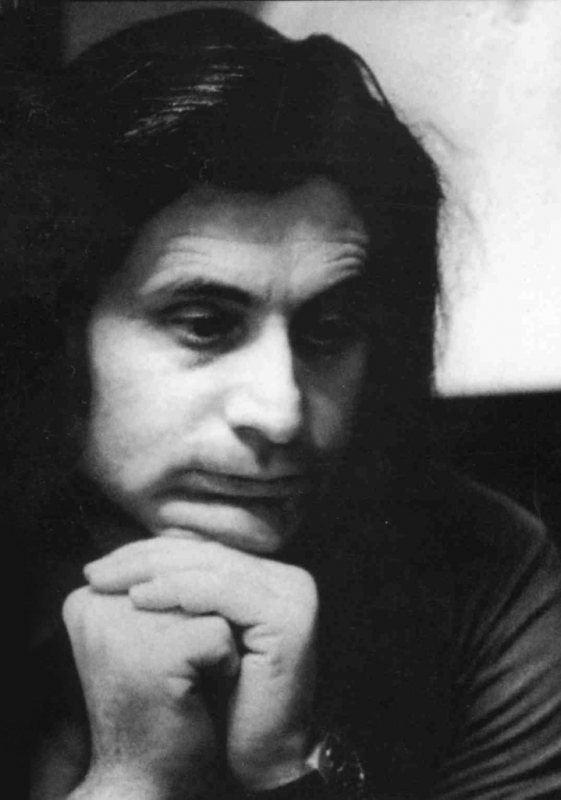

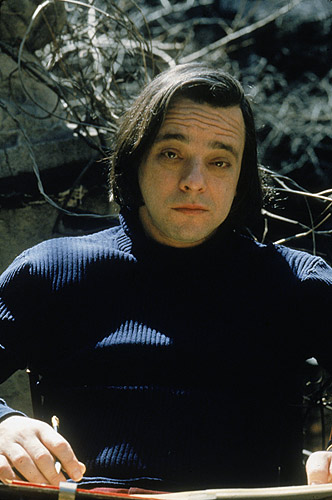
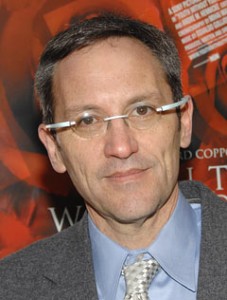 Osvaldo Golijov (1960 – )
Osvaldo Golijov (1960 – )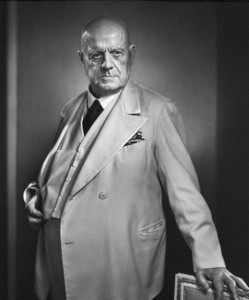

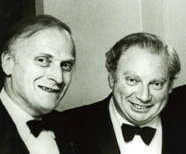
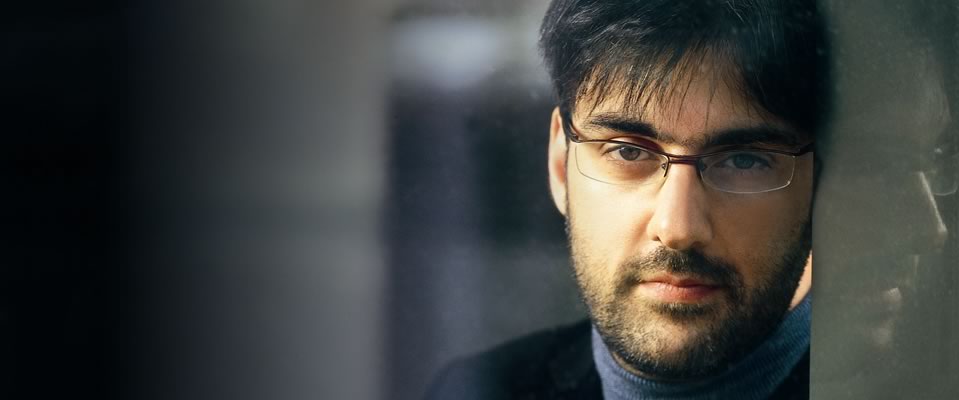
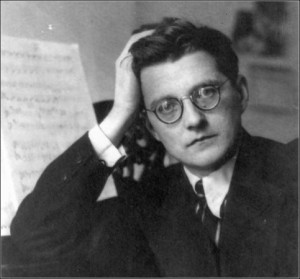




 —
—